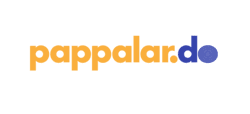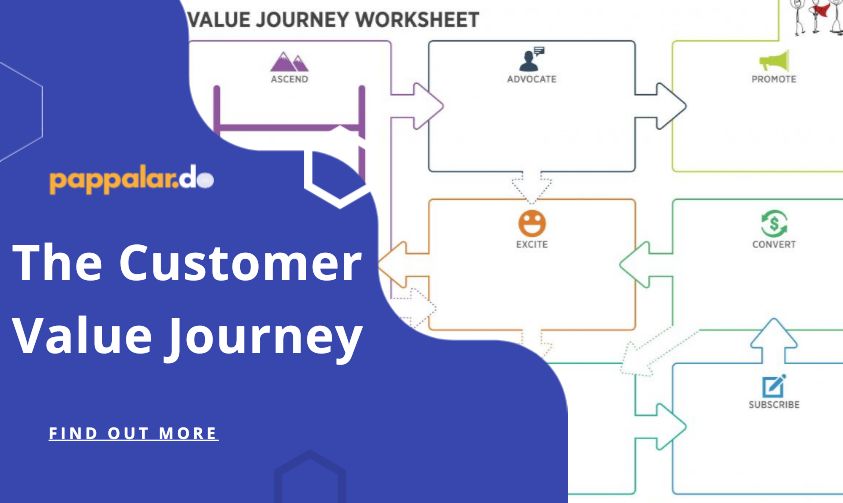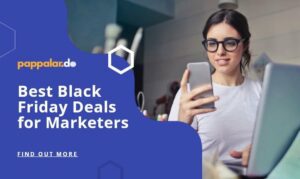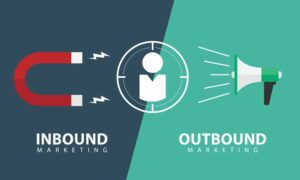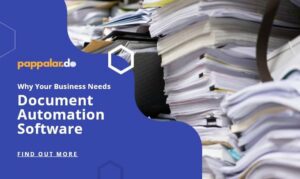If you’re not familiar with the Customer Value Journey, your mind is about to be blown. When I first became a Digital Marketer Certified Partner, the Customer Value Journey blew my mind. It’s a framework that we can use to guide our customers from awareness all the way through becoming a promoter of your brand. It’s brilliant and I immediately adopted it and began using it for Pappalardo Digital and for of our clients. So with all that said, I’m excited to jump in and get our hands dirty.
What is a customer journey?
Before we get into the Customer Value Journey framework, let’s talk about what a customer journey is. Simply put, a customer journey describes the interactions that someone has with your brand. How and where they first see you, any subsequent interactions they have with you, their first purchase, any cross-sells, up-sells, and re-sells, and how they talk about you to others – this is what the customer journey is all about. a
For many businesses, 100 different customers will have 100 different customer journeys, and that’s a real problem. If you’re not orchestrating the customer journey, then everyone is stumbling around finding their own way. That means that without a documented customer value journey, you will always struggle with scalable, predictable growth.
What is the Customer Value Journey?
The Customer Value Journey is a framework that you can use to engineer the Customer Journey for your customers. It’s based on a give and take of value – so, in the beginning you give a lot of value – typically in the form of information – so that later you can receive value in the form of money.
The Customer Value Journey is based on human behavior, specifically how we become intimate with someone. Generally, we don’t meet someone for the first time and ask them to marry us, right? But as business owners, we do that all the time. We get a new lead and ask them to immediately open up their wallet. Instead, we need to slow down and create meaningful relationships with our prospects, and the Customer Value Journey framework can help us do just that.
The 8 Stages of the Customer Value Journey
I love the Customer Value Journey framework because it’s a logical addition to the Inbound Marketing Methodology, which says that every successful business must Attract, Engage, and Delight their customers – and that if you do all of those things, you’ll create a flywheel in your business that allows you to grow rapidly.
The thing that I love (and find most frustrating) about the Inbound Methodology is how broad it is. It really is a 30,000 foot view and it takes a good deal of knowledge and skill to turn that into an actionable plan. That’s where the Customer Value Journey comes in!
The Customer Value Journey gives you a framework to sink your teeth into and craft the perfect marketing strategy for your business. No matter your industry, no matter who you sell to, your business growth plan can and should be broken down into the following 8 steps. To reiterate, it doesn’t matter what industry you’re in, and it doesn’t matter whether you’re selling to businesses (B2B) or consumers (B2C), this will work for your business.
Stage 1: Awareness
During the first stage of the Customer Value Journey, we are trying to get in front of the right people. Hopefully, by this point we’ve created our buyer personas (if not, here are some great resources to help you do that). We won’t go into a lot of detail here about personas except to say that, in order to market to somebody, we have to know what their pain points are and align our products or services with solving for that pain.
When it comes to creating awareness, we’re generally talking advertising. There are a lot of places that you could be advertising, but the two ad platforms that any business can likely find success with is Google and Facebook. Since Google owns Youtube and Facebook owns Instagram, you could very realistically find all the business you need from these four sites along. If you are targeting other businesses, it might be worth looking at LinkedIn and if there your audience is in a particular niche or interest category, it could be worth looking at some other forms of advertising, like podcasts, Hulu, Spotify, and the like. Generally, though, Facebook and Google can keep things relatively simple while still giving you access to a massive audience.
Stage 2: Engagement
After someone interacts with your brand it’s important to continue to provide value. That can be done in a number of different ways – blog posts, social media posts, videos, and more. There are two ways that you can think about this.
First, you can structure your awareness campaign so that is it links to good engagement content. You may write a catchy ad that then links to a great blog post that provides a lot of value. Your blog posts should have recent and related articles baked into your template, so that they can find more helpful content.
Second, if you are running advertising, you should be focused on building your retargeting audience. This means that you are tagging everyone that comes to your site so that you can run ads to them later. These ads should be a little different than your Awareness Ads, because the person you’re advertising to is at least a little familiar with your business.
During this stage, you could also experiment with creating videos, audio and podcasts, infographics, and other types of articles.
Stage 3: Subscribe
Now that you’ve gotten in front of your ideal customer and engaged with them, it’s time to deepen the relationship. During the Subscribe Stage, you’ll want to create free, high-value content that you can give away in exchange for someone’s contact information.
The Offer
The Offer is the core of the subscribe stage. If you don’t have a good offer, you won’t get good leads. Ebooks, checklists, and downloads are very popular lead magnets. Depending on your industry, webinars can be highly effective.
Pro tip: If you host a webinar, record it and use the replay as an offer.
The Subscribe Funnel
I like to think about your Offer as a funnel in reverse – starting with the end in mind. Let’s start with the question, “What is the one thing that we want people to do after they complete our offer?” Is it to schedule a consultation, start a trial, or make an initial purchase. Then start with the Thank You page – this is the page they’ll see when they claim your offer, and it should say something like, “Thanks for downloading our ebook! Click this button to read it. When you’re ready to take your business to the next level, schedule your free consultation by clicking here.” So our Thank You Page delivers the content and plants the seed for the next thing you want them to do.
Once you have the Thank You page nailed down, let’s move backward one step to the Landing Page. Each Offer will have a landing page that describes the offer and why someone would want to download it. Go through what they’ll learn, use visuals, and make it as enticing as possible.
Pro Tip: If it’s clunky to build new pages on your website (or if you don’t have a website at all!), talk to us. There are a couple of really great, inexpensive solutions on the market for quickly creating landing pages and thank you pages.
Now, let’s back up one more step to the Call to Action. Calls to Action are buttons or image links that you’ll place on your blog posts or website pages that will promote your landing page. I recommend purchasing a subscription to a software like Easil to quickly create high-quality images that you can insert into your pages. If it looks sharp, it’ll increase the quality of those pages and the chance that people will click through to your landing pages.
Now let’s back up one more step: promoting your landing pages. I like to repurpose content, so take the content inside your Offer and chop it up into a bunch of different content “nuggets”. Use these nuggets as social media posts or ads. Expand on these nuggets to create blog articles. So now your ideal audience might see “One quick tip to do XYZ” on their social feed, click the link to view an article that goes into more detail, and then at the end of the article click through to the Landing Page for your “Ultimate Guide to XYZ”. Congrats, you’ve created a consistent funnel that will attract new leads for your business!
Stage 4: Convert
The Convert Stage is all about getting your customer to spend a little bit of time or a little bit of money with you. This might be attending a webinar, signing up for a trial or consultation, or making an initial purchase.
This will be a little different for each company – just remember that you’re wanting to remove as much friction as you can that might keep them from taking this action with you. So whatever it should do should be easy and require a little bit of a commitment from the prospect.
Stage 5: Excite
The Excite Stage is all about making sure that the Conversion Experience was a really great experience for your prospect. You want to ensure that they got a lot of value out of the time or money they spent with you. You want for them to be set up for success and you want for them to know it.
Also, take a minute here and think through your sales process. If you have sales people, pull them into the room real quick. You need to understand if there actions that indicate a successful customer that you can spot early on? For instance, if you do a product demo early on, does the rest of the sales process go smoother, or are they more successful with your product when they engage with your customer success team early on? Is there a Facebook group or forum where they can get more information and ideas for how to use your product or service? These are tools that can help create excitement for your brand and product, even if they’re early on in their time with you. Once you know what these are, engineer them into your Sales Process. Make sure that you’re trying to have that “Aha!” moment with everyone interested in buying from you.
Stage 6: Ascend
You may have read all this and thought, “Jeez, dude, this is all about giving value. I’ve got a business to run – when do I get to make money?” If that’s your thought, you’re going to love this stage.
The Ascend Stage is really all about cross-selling, up-selling, and re-selling to your current customers. Think about what your core product or service is, and think about all of the supporting services or products that complement that. Think through whether or not there are any services or products that you should be offering to your customers that you’re currently not – should you expand your service offerings?
Now, it’s time to go to a whiteboard and draw out the “flow” of your services. For instance, let’s say you’re an accountant. The initial service that people buy from you might be tax return prep services. But you may also offer monthly bookkeeping services, annual strategic consultations, and a fractional CFO retainer.
This step is about creating a process for selling additional or higher-end services or products to your current customer base. Think through the digital marketing part of this – should our accountant be running ads to their tax prep customers about their monthly bookkeeping services. Absolutely. Should you Calls to Action in the newsletters that they receive. Should you have an enticing offer, like the first month free? Yes. Yes you should.
You should also have a way of flagging these people in your CRM so that when your sales or customer service team members talk to them, they can easily see what the next upsell is. If there’s an opening to schedule a sales conversation from a customer service request, then that’s a huge win for your business. Think big and put processes in place to automate and help you find up-sell opportunities.
Stage 7 & 8: Promote and Advocate
Stage 7 and 8 happen is about activating your happiest customers to spread the word about your business. You should have a process in place for tracking your company’s Net Promoter Score (NPS), which indicates how happy your customers are on a scale from 1 to 100. This is useful for internal tracking, finding the friction in your business, responding quickly to problems, and identifying your happiest customers. For Stages 7 and 8, we’re going to be focused on finding and putting to work your happiest customers.
Stage 7 is broadly about review collection. So after someone buys, you’ll send out an email asking if they’re happy with their purchase. If you’re using a Google Certified review collection service, the reviews will show up in your Google profile – you can also direct people to Facebook, Yelp, or any industry-specific sites that you’re needing to collect reviews on.
Stage 8 is for companies wanting to turn their happiest customers into true advocates by creating a full-on referral program that people can sign up for and be rewarded when they send you sales. We’re planning a series on why and how you should set a referral program, so keep an eye out for that in the future.
How do you use the Customer Value Journey to improve the Customer Journey?
When you engineer the Customer Value Journey for your customers, you do a couple of things. 1) You make sure that you’re providing lots of value and building an affinity for your products and services before asking for money. 2) You’re actively aligning your digital marketing to deliver relevant marketing material that will move your prospects through the Customer Journey. 3) If your marketing strategy feels stuck, it can ignite new ideas and help you identify roadblocks. 4) It’s a proven process (and in my humble opinion, the best way) to help your business grow.
So, take this and run, young grasshopper. And if you need help putting this together, I’d like to invite you to schedule a Double Your Sales Discovery Meeting with our team.
Happy Marketing!
